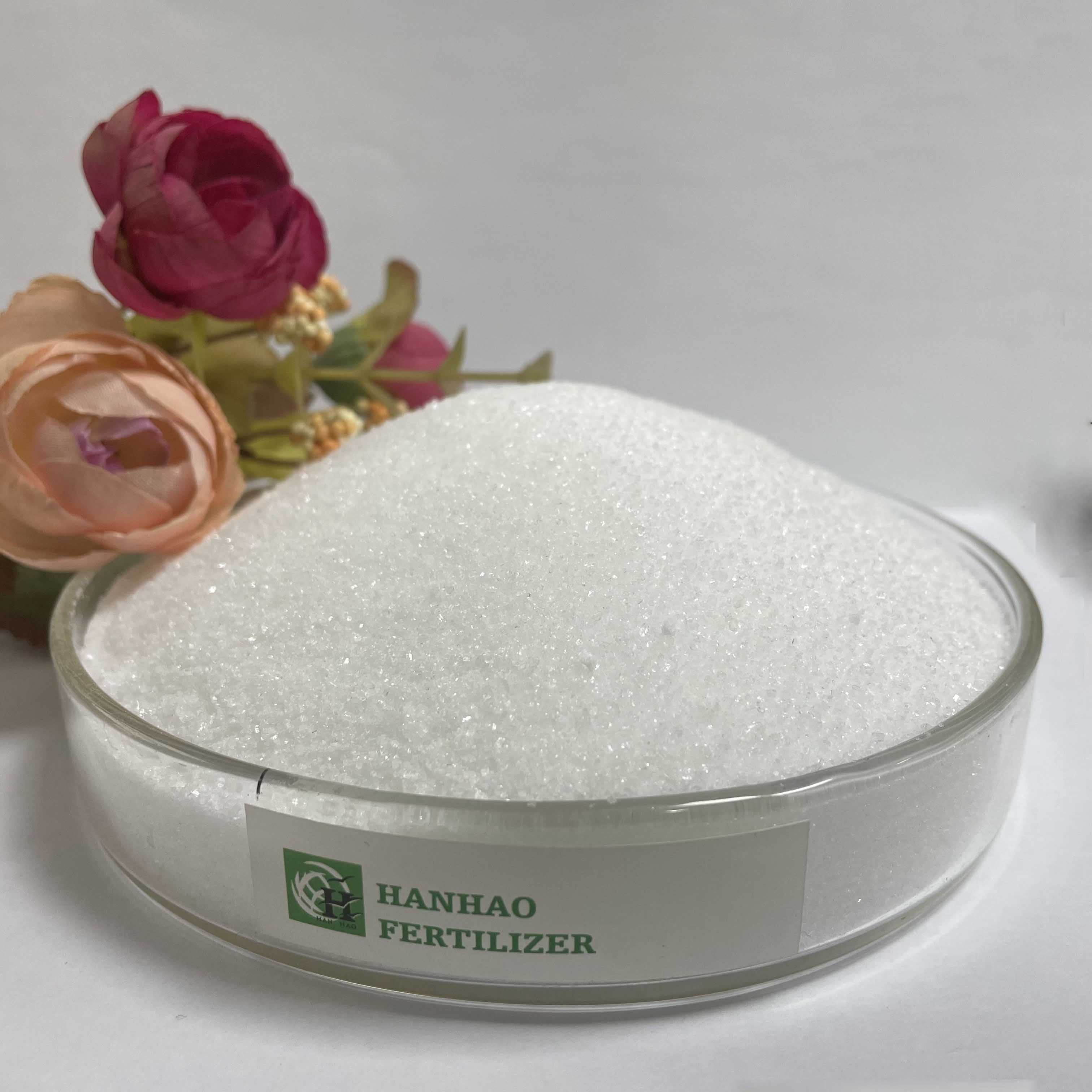
12-р сар . 11, 2024 09:49 Back to list
Understanding the Applications of NPK 10-26-26 Fertilizer for Optimal Plant Growth
NPK 10-26-26 Understanding Its Uses in Agriculture
Fertilization is a critical component of modern agriculture, ensuring that crops receive the essential nutrients needed for optimal growth and productivity. Among the various fertilizers available, NPK (Nitrogen, Phosphorus, Potassium) fertilizers are significantly prominent due to their balanced nutrient composition. One such formulation, NPK 10-26-26, is tailored for specific agricultural needs, offering unique benefits that enhance plant development. In this article, we will delve into the uses, composition, and benefits of NPK 10-26-26 in agriculture.
Composition of NPK 10-26-26
The numbers in the NPK designation represent the percentage of nitrogen (N), phosphorus (P), and potassium (K) present in the fertilizer. For NPK 10-26-26
- Nitrogen (N) - 10% This essential nutrient is crucial for plant growth, specifically for the synthesis of amino acids and proteins. Nitrogen contributes to the development of foliage and is vital in the early stages of a plant's life, promoting green, healthy leaves.
- Phosphorus (P) - 26% Phosphorus plays a pivotal role in energy transfer within the plant, as it is a component of ATP (adenosine triphosphate). It is also essential for root development, flowering, and fruiting. The high concentration of phosphorus in NPK 10-26-26 makes it particularly beneficial during the reproductive stages of crop growth.
- Potassium (K) - 26% Potassium is crucial for regulating various physiological processes in plants, including water retention, enzyme activation, and photosynthesis. It enhances disease resistance and quality in fruits and vegetables. The significance of potassium in this formulation ensures that crops are robust and less susceptible to stressors.
Uses of NPK 10-26-26
NPK 10-26-26 is primarily used in a variety of agricultural applications, especially in situations where phosphorus and potassium deficiencies are observed. Here are some key uses
1. Boosting Early Plant Growth When applied at planting time, NPK 10-26-26 aids in the establishment of young plants by providing the necessary nutrients for root development and foliage growth. This is especially beneficial for crops that require a strong initial growth phase.
npk 10 26 26 uses

2. Encouraging Flower and Fruit Development The high phosphorus content in NPK 10-26-26 is particularly advantageous during the flowering and fruiting stages of plant growth. This formulation promotes better fruit set and quality, leading to higher yields.
3. Soil Nutrient Management In soils that are deficient in phosphorus and potassium, NPK 10-26-26 can help restore nutrient balance, facilitating optimal crop performance. Soil testing can help determine the need for this particular fertilizer based on the existing nutrient levels.
4. Vegetable and Flower Cultivation This fertilizer is extensively used in vegetable and flower production where robust root and flower development is crucial. It enhances the overall health and yield quality, ensuring market competitiveness.
5. Application Techniques NPK 10-26-26 can be applied through various methods, including broadcasting, banding, or as a foliar spray, depending on crop requirements and growth stages. The choice of application method can significantly influence nutrient uptake efficiency.
Benefits of NPK 10-26-26
The advantages of using NPK 10-26-26 extend beyond improved crop yields. This fertilizer
- Increases Crop Quality Enhanced nutrient availability leads to healthier plants that produce high-quality fruits and vegetables.
- Promotes Sustainability By improving yields and reducing the need for excessive fertilizer applications, NPK 10-26-26 contributes to sustainable agricultural practices.
- Enhances Overall Soil Health Regular use of balanced fertilizers like NPK 10-26-26 can improve soil structure and microbial activity, leading to better long-term fertility.
In conclusion, NPK 10-26-26 is an invaluable tool for farmers and agricultural professionals, offering a well-rounded nutrient supply that supports various growth stages. By understanding its composition and application strategies, farmers can effectively utilize this fertilizer to enhance crop productivity and quality while promoting sustainable farming practices. Whether for fruits, vegetables, or ornamental plants, NPK 10-26-26 holds significant potential for achieving agricultural success.
-
Optimized Hydroponic NPK Fertilizer – Fast Growth & Nutrients
NewsJun.09,2025
-
Top-Rated NPK Fertilizer for Fruit Trees - Boost Growth & Yield
NewsJun.09,2025
-
Premium 5-5-5 Organic Fertilizer for Balanced Plant Nutrients
NewsJun.09,2025
-
Top Best Organic Acid Fertilizer Humic & Fulvic Acids for Growth
NewsJun.08,2025
-
Premium Fruit Tree Organic Fertilizer Natural Nutrients & Yield Boost
NewsJun.08,2025
-
Premium Granular NPK Fertilizer Supplier Bulk Wholesale Supply
NewsJun.08,2025
